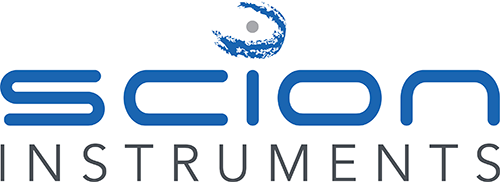What are the benefits of using gas chromatography to identify the source and composition of refinery gases?
Gas chromatography (GC) is a powerful analytical technique widely used to identify the source and composition of refinery gases. Because of its precision and efficiency, it plays a crucial role in refining operations. Its benefits include:
1. High Sensitivity and Accuracy
Precise Identification: GC allows for the separation and identification of individual components in a mixture, even at trace levels.
Quantitative Analysis: It provides accurate quantitative data on the concentration of hydrocarbons, sulfur compounds, and other volatile components in refinery gases.
2. Wide Applicability
GC can analyze a wide range of compounds found in refinery gases, including light hydrocarbons (e.g., methane, ethane, propane), olefins, and inert gases such as nitrogen or carbon dioxide.
It can also detect impurities like hydrogen sulfide or ammonia.
3. Fast and Efficient
GC is a relatively fast technique, capable of providing detailed compositional information in minutes.
Automated systems enhance throughput, making it suitable for high-volume analyses typical in refinery operations.
4. Source Identification
By analyzing the chemical fingerprint of a gas sample, GC can help trace the source of the gases, such as specific units within a refinery (e.g., catalytic cracker, reformer).
It aids in determining whether gases are by-products, intermediates, or final products.
5. Quality Control
Ensures the composition of refinery gases meets product specifications and regulatory requirements.
Detects contamination or process inefficiencies, enabling process optimization.
6. Flexibility in Sample Handling
GC can accommodate gas-phase samples directly or through traps and sampling loops, making it versatile for various refinery setups.
7. Integration with Advanced Detectors
Coupled with detectors such as Flame Ionization Detectors (FID) or Mass Spectrometry (MS), GC enhances sensitivity and provides detailed molecular information.
Specialized detectors, like sulfur-specific or thermal conductivity detectors (TCD), help analyze specific components of interest.
8. Environmental Monitoring
Refinery gas analysis by GC is essential for monitoring refinery gas emissions, ensuring compliance with environmental regulations by detecting volatile organic compounds (VOCs) or greenhouse gases.
9. Cost-Effectiveness
While requiring initial investment, refinery gas analysis GC systems have low operating costs and long lifespans, making them economically viable for continuous and repetitive analyses.
In summary, gas chromatography’s ability to deliver detailed, reliable, and fast results makes it indispensable for identifying the source and composition of refinery gases, optimizing refinery operations, ensuring product quality, and maintaining environmental compliance.
